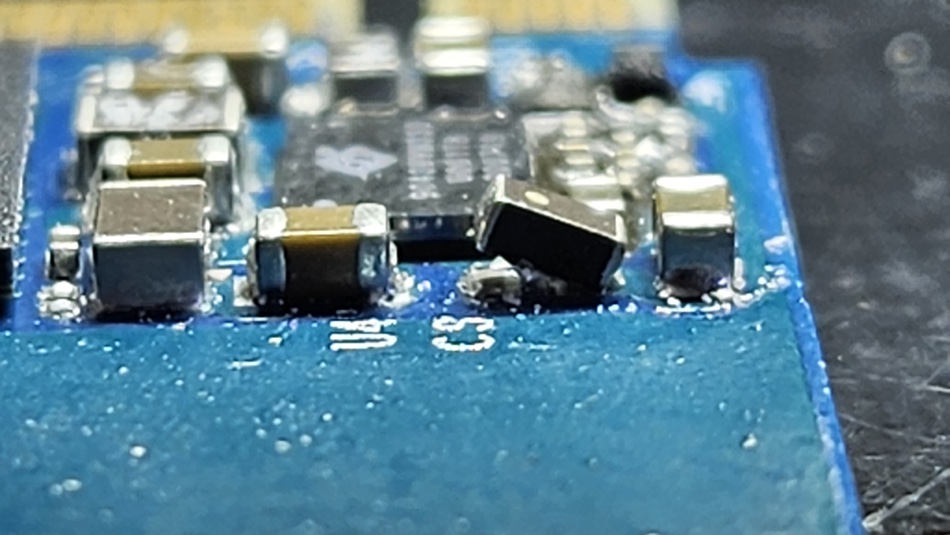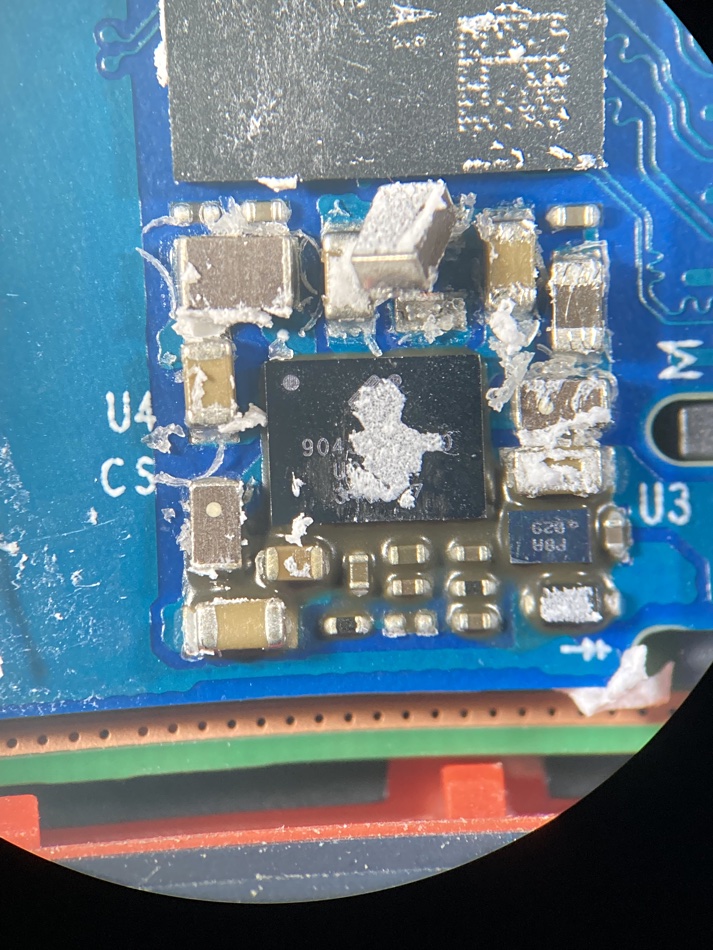Western Digital has rolled out a firmware update to address some failing SanDisk SSDs, but a data recovery specialist reckons there are underlying hardware problems.
SanDisk customers started reporting SSD data loss earlier this year and lawsuits were launched against parent company Western Digital. The affected SSDs identified in the lawsuits include SanDisk Extreme Portable 4 TB, Extreme Pro Portable 1 TB, 2 TB, and 4 TB, and Western Digital My Passport 4 TB.
Western Digital issued a firmware update, telling Austrian media outlet Futurezone (translated from German): “We recognized a problem with the SanDisk Extreme, the SanDisk Extreme Pro and WD My Passport in the spring and released a firmware update with which we fixed the problem.”

But some disagree that an update is enough. Markus Häfele, managing directors at Attingo, a data recovery company, claimed the issue goes deeper than firmware (auto-translated from German): “It’s definitely a hardware problem. It is a design and construction weakness. The entire soldering process of the SSD is a problem … The soldering material used, i.e. the solder, creates bubbles and therefore breaks more easily … In addition, the components used are far too large for the layout intended on the board. As a result, the components are a little higher than the board and the contact with the intended pads is weaker. All it takes is a little something for solder joints to suddenly break.”

In Häfele’s view, components that are too large for the circuit board will not stay securely in place over the long term and start to loosen, providing intermittent contact. This is generally a precursor to a complete failure, he added. The reason for the alleged solder bubbling is not known but Häfele said he suspects it is related to humidity and temperature issues.
Häfele reports that Attingo has observed SanDisk SSDs where epoxy resin is used to secure the components in place. “It is reasonable to suspect that Western Digital has recognized the problem and wants to make the parts more durable,” he claimed. “They want to offer an additional safety factor, but these models also end up with us.”
Western Digital told PetaPixel and others: “While we are working to gather more information, at this time we do not believe hardware issues played a role in the product concerns that we successfully addressed with the firmware update.”
We have asked WD for further comment.








